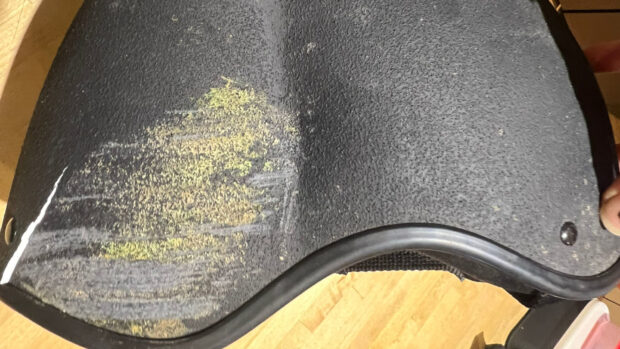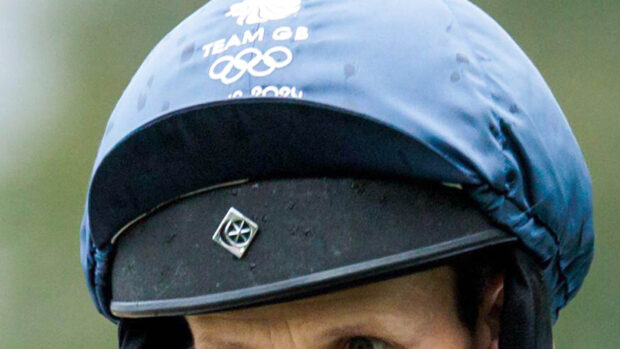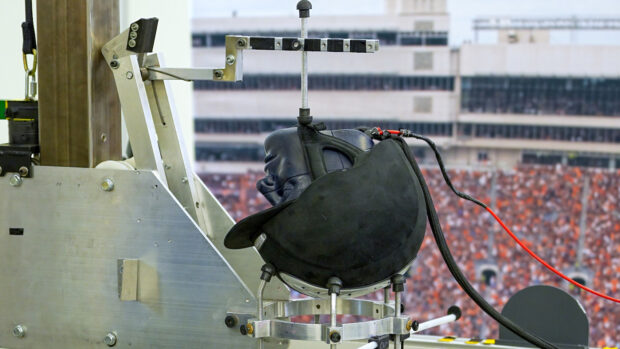More articles on riding hats
Find a tack shop near you
I was fitted for a new riding hat while at Badminton last year, but it gave me headaches. My local tack shop subsequently sized me differently, and recommended another style of hat that fitted perfectly.
What are the recommendations on hat fitting and do you need to be qualified to be a fitter?
JM, Wiltshire
Safety and comfort are fundamental to choosing the right riding hat — and a hat that fits correctly should meet both criteria.
Executive director of the British Equestrian Trade Association (BETA) Claire Williams explained that although there is no legal requirement or formal qualification for hat-fitting, different types of training are available to retailers.
“Some manufacturers offer instruction to stockists of their products, while BETA trains equestrian retailers and their staff,” Claire said.
Although manufacturers’ training is comprehensive, it inevitably focuses on their own brands of riding hat. BETA training concentrates on generic hat-fitting principles, as well as educating retailers about current safety standards, hat construction, how riding headwear functions and injury protection.
“BETA-trained retailers are therefore equipped to offer riders personalised hat fittings, usually free of charge, covering any make or style of hat or helmet,” said Claire. “Following successful completion of a BETA hat-fitting course, the named retailer or member of staff is entitled to display a certificate denoting their status in store.”
BETA field officer Tricia Nassau-Williams points out that a number of factors can affect a hat’s fit.
“As well as the size of a riding hat, which refers to its circumference, different brands tend to suit different head shapes,” she said. “Wearing your hair in a plait or having had it cut recently can be significant, as can the ambient temperature until the hat warms to the wearer’s head.”
A BETA-trained retailer will ascertain what type of riding the customer intends doing, to help choose the most suitable style of riding hat.
“This may also include advice on requirements under the disciplines’ rules,” said Tricia. “It should fit as closely as possible without feeling uncomfortably tight. It should give the sensation of being an extension of the head and should sit level with the eyebrows and above the ears.”
Correct adjustment of the retaining harness — comprising the jaw strap and back strap — is equally important; the jaw strap should be finger tight and the back strap done up firmly enough to prevent the hat slipping forward on to the rider’s nose. Tricia added that “fitting strips” of slim foam can be used: “But these are designed to fine-tune a well-fitting riding hat, not to make it fit.”
Information
BETA, tel: 01937 587062 www.beta-uk.org
This Q&A was first published in Horse & Hound (9 April, ’09)
Read more articles on riding hats
Looking for tack shops near you?



